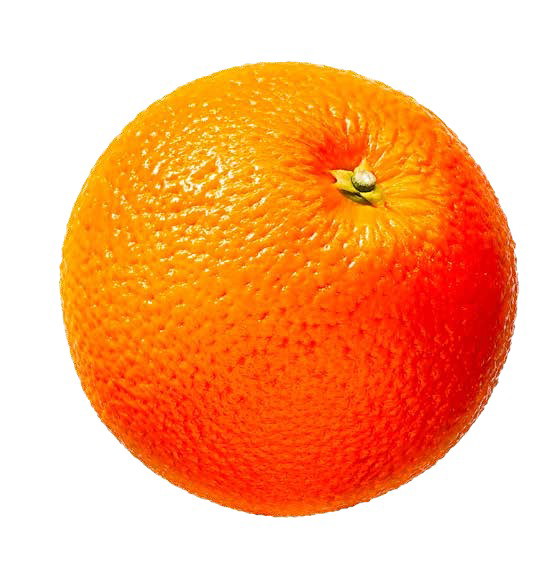traceability
GREAT provenance
Country of origin and growing regions can now be distinguished thanks to an Australian citrus traceability program.
Words Elbe Coetsee, outgoing development officer

AUSTRALIAN citrus fruit can now be traced back to its country and region of origin. A pioneering project has made the research possible to establish a profile for Australian citrus fruit. It has demonstrated that Australian oranges can be differentiated from fruit of other nations in the international marketplace.
Due to the growing demand for high-quality food globally, prices are increasing for premium Australian products. Australian citrus faces the risk of biosecurity issues and food fraud, which can both harm Australian citrus’ reputation for high-quality, premium products.
Importing countries are increasingly concerned about issues relating to food safety. As a result, they are implementing regulations to which importing countries, like Australia, need to adhere. By increasing the traceability of fruit products from Australian growers to the consumer, the Australian citrus industry seeks to provide traceability. This protects against food fraud, gives importers and consumers’ confidence that Australian products are legitimate and protects Australian citrus’ brand and reputation.
In the project, which was led by Citrus Australia, researchers from Agriculture Victoria and GNS Science in New Zealand conducted a study in 2021 and 2022 to establish the National Isotope and Trace Element (NITE) Profile for Australian citrus. This profile allows the identification of our citrus and differentiation between growing regions. Navels from various orchards across Australia’s five growing regions were sampled. These samples were then compared to navels from China, New Zealand, Egypt and the USA.
Isotope ratios in agricultural products differ depending on local geology, climatic and environmental conditions, and agricultural practices. By measuring hydrogen, oxygen and carbon isotope ratios, a form of atomic level identification can be achieved. This cannot be tampered with and allows for differentiation of Australian fruit from that of other countries with 97 per cent accuracy.
Further examination of trace element concentrations, which vary depending on soil, geology, fertilisers and irrigation water, can be used to distinguish between growing regions with 92 per cent accuracy (Figure 1).
Using a combination of trace elements and isotopes, country of origin can be identified with a 97 per cent certainty, while different regions within Australia with a 92 per cent certainty.
Determining trace elements and isotope ratios, although accurate, is time-consuming and expensive. A low-cost rapid screen test is in development for industry use. This rapid screen test will allow for easy identification of Australian fruit by testing the oxygen isotope ratios in juice (Figure 2).
“ By measuring hydrogen, oxygen and carbon isotope ratios, a form of atomic level identification can be achieved… ”
Future research will investigate markets at high risk of food fraud. A larger local and global data set will be built, and the testing program will be developed further to better understand regional and annual climatic variation. There is value in expanding the scope of testing to include other orange varieties and high-value mandarins. Individual growers may be interested in verification testing and characterisation of their own fruit to strengthen their own brand. This study establishes a strong basis to use this technique to protect Australian products in international markets.
MORE INFORMATION
To see the complete NITE Report on Australian Citrus, visit the Citrus Australia website at citrusaustralia. com.au or click through to https://citrusaustralia.com.au/wp-content/uploads/2023/06/Citrus-Isotope-Report-FINAL-hi-res.pdf and https://citrusaustralia.com.au/mediarelease/2023/06/citrus-australia-leadsfirst-origin-verification-program-foraustralian-citrus-fruit/.